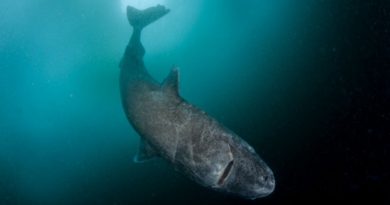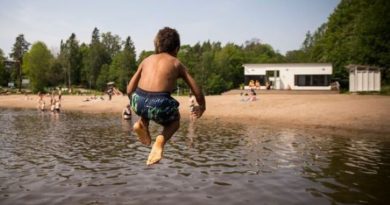Unique freshwater Alaska seals require special conservation efforts, study finds
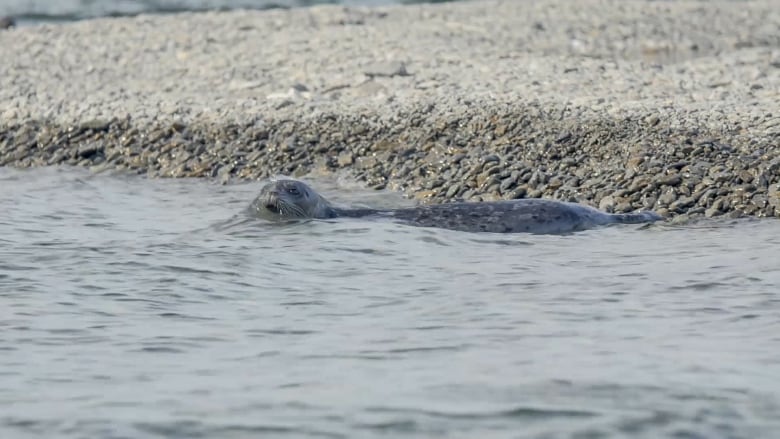
New research on the United States’ only known population of freshwater seals has found they’re unique, suggesting special conservation efforts may be needed to protect them.
The study published in Conservation Biology says Iliamna Lake seals live in Alaska’s largest freshwater body year-round for their entire lives and rely primarily on food produced in the lake to survive.
Researchers were also surprised to learn that young Iliamna Lake seals eat very few sockeye salmon.
“One of the largest runs of sockeye salmon in the world goes into Iliamna Lake and these young seals were not exploiting it, which was curious,” said lead author Sean Brennan, a postdoctoral researcher at the University of Washington’s School of Aquatic and Fishery Sciences.
Later in life, the seals do supplement their diet with the salmon that return to the lake each year to spawn, Brennan said. Although adult seals still eat fewer salmon than researchers anticipated, given how reliant other animals in the region are on the fish.
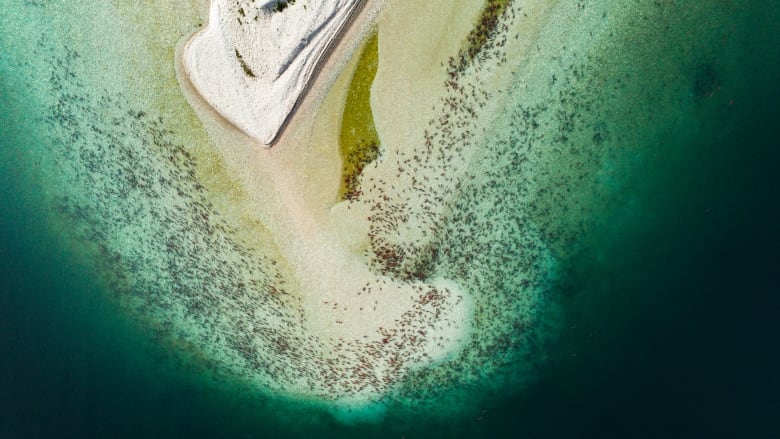
Comparatively, ocean-dwelling harbor seals are opportunistic feeders, meaning they’ll eat whatever prey is most abundantly available at the time.
Researchers made the findings after drilling into the canines of harvested Iliamna Lake seals. These teeth grow throughout a seal’s life, Brennan explained, and contain “lifelong chemical records” which show where a seal lived and what it ate at a particular time.
He said they wanted to learn more about the “elusive” seals as little research has been done on the unique population.
“It’s hard to get close to them, it’s hard to study them,” he explained. “They are spooked easily.”
The seals are culturally significant to local Indigenous people who hunt them and say their skin feels different and their oil tastes different from Pacific harbour seals.
‘Colonizing’ seals
Iliamna Lake seals are among only a handful of seal populations that can be found in freshwater bodies.
“In terms of purely freshwater seal population, it’s very unique on the world scale,” Brennan said.
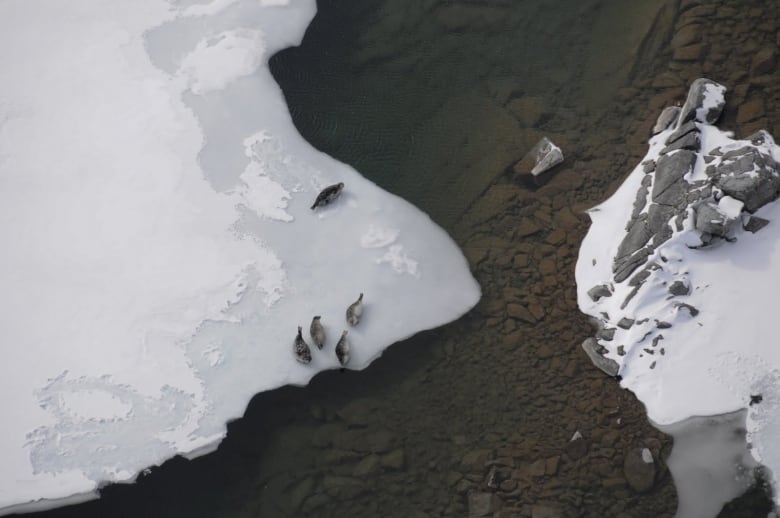
He added that freshwater marine mammals “are some of the most endangered animal populations on Earth.”
How these seals came to “colonize” Iliamna Lake remains a mystery.
The leading theory, Brennan said, is that at some point after the last glaciation, a group of seals swam 80 kilometres from the ocean up river to the lake and settled there, eventually growing to a group of about 400.
Conservation efforts
Iliamna Lake seals are currently managed as part of the larger Eastern Pacific harbor seal population and there’s debate over exactly how unique these seals are.
The study argues its findings show conservation of the seals, their habitat and the food they eat should differ.
“I think we show strong evidence that they are a unique and a locally-adapted significant population to the broader Eastern Pacific harbor seal,” Brennan said.
The Center for Biological Diversity also filed a petition in 2012 to protect Iliamna Lake seals under the U.S. Endangered Species Act.
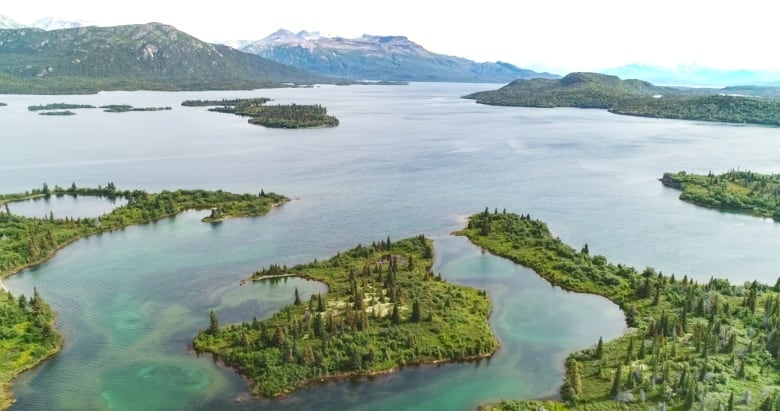
This is significant as the seals are “facing an increasingly uncertain future” Brennan said, with rapid warming and proposed mineral development in the region.
But he noted, “It’s not always black and white.”
“They appear to be genetically distinct but that doesn’t necessarily translate on the policy end to being a distinct and significant population to the broader harbor seal taxon.”
Related stories from around the North:
Canada: From the Arctic to Atlantic, a photographer documents seal hunting in Canada, Eye on the Arctic
Finland: Thin ice hampers survey of rare seal dens in southeast Finland, Yle News
Norway: Climate change threatens Arctic fox’s future in Nordic nations, Yle News
Russia: Authorities in northwest Russia move to protect wild reindeer, The Independent Barents Observer
Sweden: Poachers suspected behind dwindling wolf numbers in Sweden, Radio Sweden
United States: Communities wrestle with shark-bite mystery off Alaskan coast, Eye on the Arctic

